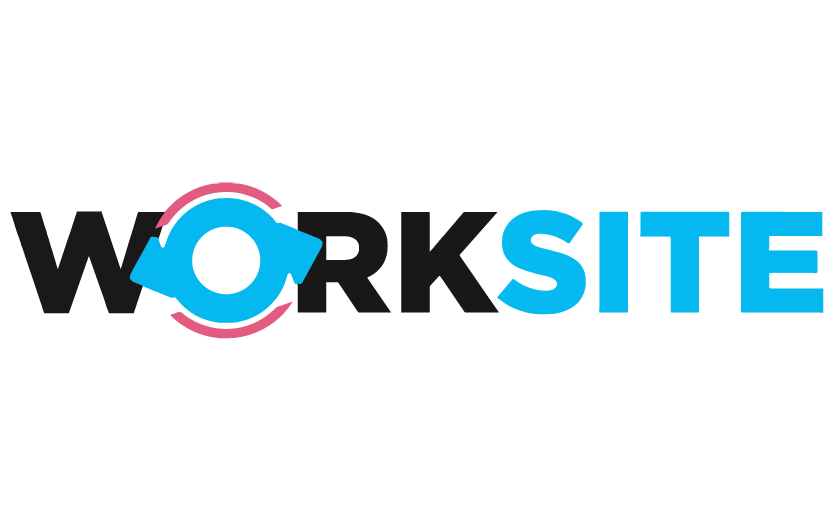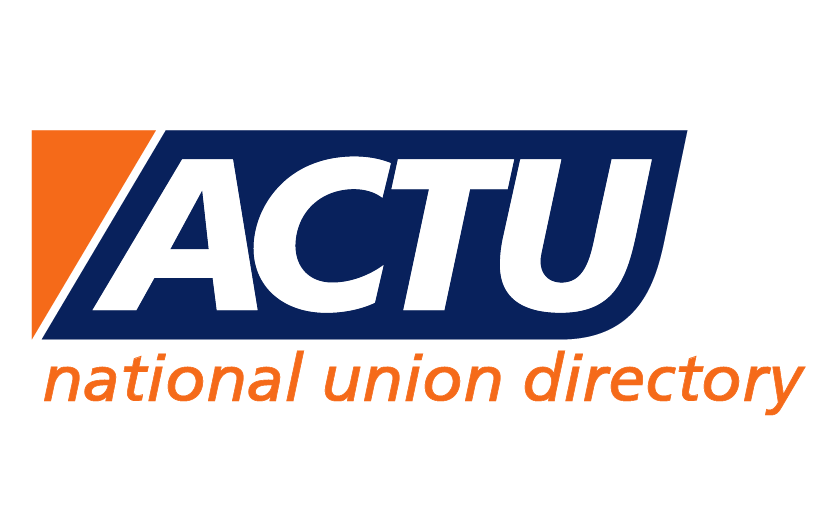Background
Throughout the SARS-CoV-2 pandemic the ACTU and affiliate unions have taken an approach that is informed by, and consistent with, the best public health and scientific advice. This has included actively engaging with governments including directly with Ministers, the Federal Department of Health and Safe Work Australia on the work-related actions necessary to control the pandemic.
During 2020 and 2021 that engagement has included contributing to National COVID-19 safe workplace principles, Safe Work Australia Guidance on COVID-19, the health and safety risk of COVID-19 and the controls which are so far as is reasonably practicable able to be applied at work, the Draft COVID-19 Model Code of Practice and consultations and advocacy on the COVID-19 vaccines and their roll-out.
During late 2020 and early 2021 the ACTU developed a set of union principles to guide our response and advocacy in relation to the vaccine roll-out. The most significant and critical elements of these principles related to ensuring that essential workers, who are at increased risk of exposure and transmission of COVID-19 are granted early access to vaccinations based on agreed criteria set by public health experts.
Australia’s vaccine policy, along with advice from the Australian Technical Advisory Group on Immunisation (ATAGI) has informed the roll-out strategy. The strategy segments the Australian population based on risk of exposure and risk of serious disease and details a five-phase program for vaccination. In doing this it also considers workers that are critical to societal functioning.
The strategy segments Australians based on risk of serious diseases characteristics, including age and health conditions as well as risk of exposure characteristics including workplace or residential settings. In considering the risk of exposure characteristics the roll-out strategy has identified a number of occupations and workplace settings which are to be granted early access to vaccines. Whilst unions welcome the inclusion of these high-risk workers, we note that this assessment would appear based on the current epidemiology, where the only cases of COVID-19 are present in returned travellers and does not consider the occupations or workplaces that are likely to be at increased exposure in the event of community transmission.
Given the precarious nature of the epidemiology, and the significant risk of a return to community transmission, we believe a range of essential workers should be considered for early access at Phase 2A. It is worth remembering that in the first two months of Victoria’s second wave we saw a range of occupations and workplace settings impacted by Covid-19. This included more than 400 warehouse workers, 700 retail and supermarket workers along with significant outbreaks in food distribution and logistics.
At the start of February, following earlier advocacy from unions, the Minister for Health and the Attorney-General and Minister for Industrial Relations convened a roundtable with unions and industry to discuss the vaccine roll-out. At this meeting employers and unions urged the government to consider further expansion of the early access phases of vaccination to include other high-risk workers.
The inclusion of essential workers early in the vaccination roll-out is supported by recent overseas research which notes that:
In the wake of growing evidence that approved vaccines are effective at preventing not only adverse outcomes, but also infection (and hence transmission of SARS-CoV-2), we propose that such age-based roll-outs are both less equitable and less effective than strategies that prioritize essential workers. We demonstrate that strategies that target essential workers earlier consistently outperform those that do not, and that prioritizing essential workers provides a significant level of indirect protection for older adults. This conclusion holds across numerous outcomes, including cases, hospitalizations, Long COVID, deaths and net monetary benefit, and over a range of possible values for the efficacy of vaccination against infection.
As the aim of the vaccination program is the prevention of disease and transmission, the ACTU believes a review of the strategy and inclusion of the indicative occupational groups at higher risk of COVID-19 in the Phase 2A of the vaccine rollout is necessary. The review needs to consider where cases occurred in Victoria during a period of community transmission. Department of Health statistics on outbreaks which occurred in workplaces for the period 1 June to 11 August 2020 recorded the most cases in aged care facilities, schools, abattoirs, hospital/health care, warehouses, food premises/food distribution and childcare, in that order.
The ACTU has previously submitted indicative lists of occupations to be included in the 1A grouping identified as “Hotel Quarantine and Border Work Group”. In this submission we have applied the ATAGI criteria of risk of exposure, risk of severe disease and workers critical to societal functioning. in developing an indicative list of occupations for Phase 2A grouping and taken into account the information of sites of infection that occurred in Victoria in 2020.
It is imperative that the detailed knowledge of actual working conditions and employment arrangements is factored into the prioritisation of indicative occupational groups. The following submission details specific occupations and workplace settings that are, in the event of community transmission both at high risk of exposure and critical to societal functioning. We encourage the federal government to consider these recommendations and review the roll-out strategy to include these high-risk workers.
…







